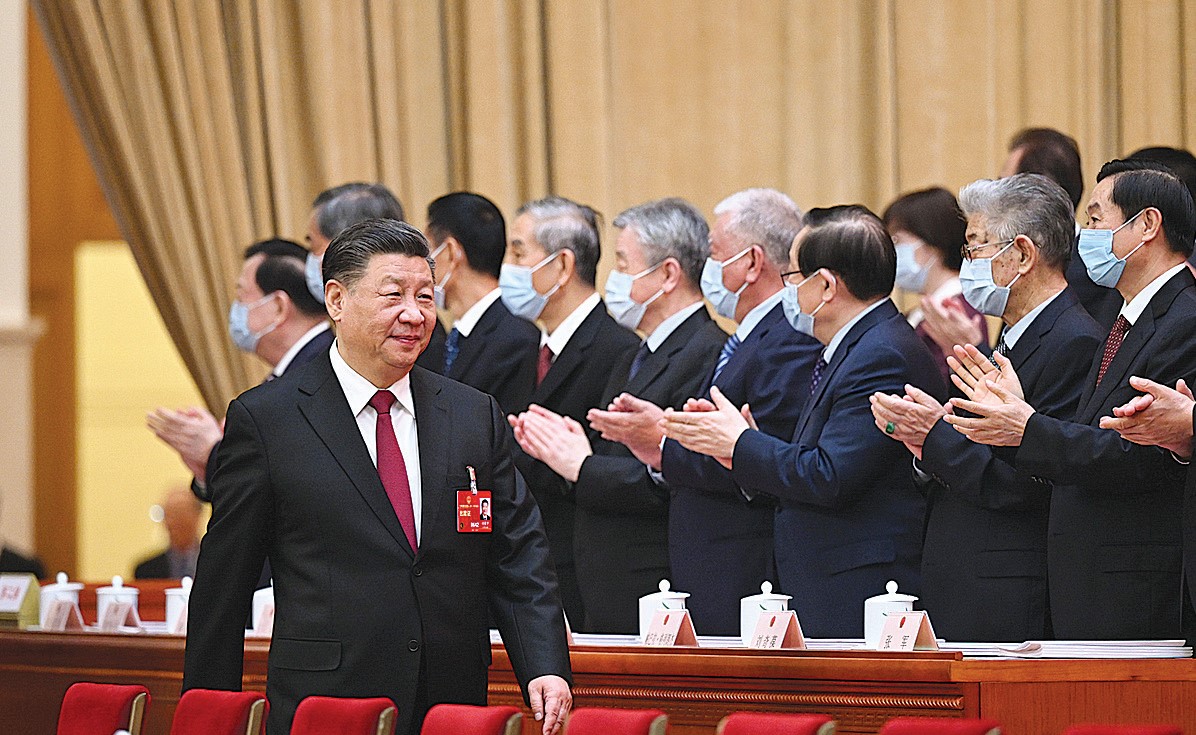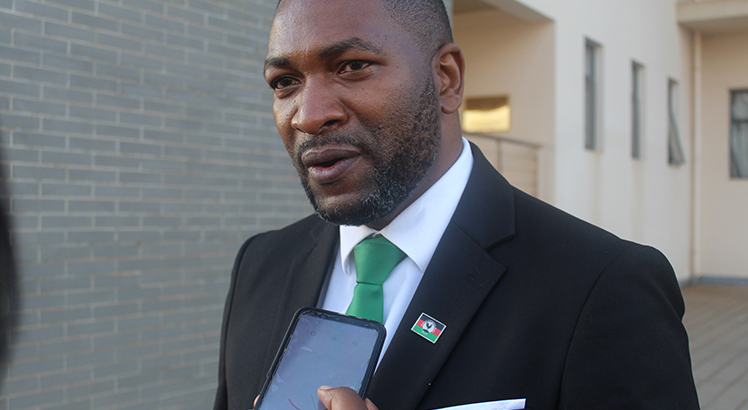Political curse of M1
To many, ‘once bitten twice shy’ is a familiar saying.
But it does not seem to apply to the Roads Authority (RA), which is in charge of the country’s vital roads.

Laxity in controlling quality of works on the country’s main transport corridor came to the front when a culvert at Jalawe in Rumphi was washed away two weeks ago.
Not once or twice has it been hit, but three times in two years.
And torrential rains wrecked it with devastating effect this month, asking obvious questions about the quality of the works to close the gaping pit that opened when the same spot was shattered in January.
In the recent episode, the torrents in the Northern Region easily swept away the disaster-prone section of M1 three times in a week.
Delayed and irked
In all instances, scores of motorists came to a lengthy standstill.
But this is a no mean road. Daily, busloads of travellers and truckloads of goods make way on the Northern Corridor which passes through Mzuzu, Rumphi, and Karonga. The sight of loaded trucks and unregistered vehicles stuck in the stock-still queue points to disruption of international trade, for this is the transit route of nearly all exports and imports that pass through Tanzania’s coastal port of Dar es Salaam.
Still, the RA, which enlisted the hands of military engineers to replace the rusty culvert with a temporally metallic bridge, seems to continue doing business as usual, with no lasting solution in sight.
Before Malawi Defence Force (MDF) established the Bailey bridge, contractors engaged by the authority kept backfilling the devastated section with gravel.
Such is the height of short-term measures that make the country’s main trade route no less vulnerable to water-related disasters.
Following the January tragedy, RA spokesperson Portia Kajanga promised that the authority would fix concrete bridges in place of Jalawe culverts.
Broken promises
But the travellers caught in the long jam this month were left asking: When is the promised lasting solution coming to fruition?
In their words, they are sick and tired of hearing the song of mediocrity as disasters still happen.
“It is a cycle of mediocrity that repeats itself,” says Vitima Munthali, a truck driver who transports coal from Karonga to Blantyre. “When is it coming to an end?”
To the road user, the shattered section mirrors government’s indifference to the sorry state in which the northern tip of the M1 lies.
Three years ago, President Peter Mutharika, speaking at the launch of construction of Njakwa-Livingstonia-Chitimba Road, promised to start modernising the M1 in July 2015.
But the shocking reality is no worthwhile repairs have started even on the stretch that winds past Boliwoli Hills in Chiweta and the 45km Karonga-Songwe Road, which the President specifically promised to prioritise.
Not even lasting patching of potholes and jagged edges that make travelling on the M1 an experience to forget.
The situation at Jalawe, the worst hit spot, points at negligence and broken promises that will keep inconveniencing road users to the detriment of the ailing economy, irked travellers say with aptness.
“The road is important for the national economy because we use it as a trade route in the export and import of various commodities. Clearly, it needs to be given all the priority it requires,” says Munthali.
He is just one of numerous truckers who bore the brunt of the long wait for a way throughout the eight days the Roads Authority was groping for a temporary measure to open the cut-off road.
They all spoke of losses of business and time.
Others risked their lives by crossing the raging river to board minibuses on the other side of the broken bridge-for desperate situations call for desperate measures.
Even the aides of Vice-President Saulos Chilima had a fair share of the disappointment as his convoy spent a night in the snaking queue at Jalawe.
Interestingly, the Vice-President heads the reforms and transparency initiatives in the construction industry.
Chilima might have used a helicopter when he visited some of the 5 520 households hit by floods in Karonga.
Demand better
However, the sudden glitch faced by the VVIP motorcade should awaken the eminent champion of Construction Sector Transparency (Cost) to the unmet need for quality service provision.
Chilima must not only echo the cries of Malawians demanding better services from the people engaged to construct and repair the country’s roads.
He must make sure that State agencies and contractors diligently deliver work that is up to standard, not the shoddy stuff that the Jalawe catastrophe exemplifies.
The main losers of the awful example of terrible workmanship included the flood survivors desperately in need of decent food and shelter as some of the relief items from Chilima’s Department of Disaster Management were stuck at Jalawe for days.
Minister of Information and Communications Technology Nicholas Dausi hailed MDF engineering battalion for quickly installing the Bailey bridge as a short-time measure.
Despite the commendable job by the peacetime army, the incident brings to light the out-of-date side of the M1.
The Chiweta-Bwengu section, which includes Jalawe, was last resurfaced by JR Construction of Germany in 2000.
Engineer Sam Kalua says lack of maintenance is the main challenge rocking the country’s road network.
“When a road has been constructed, it needs to be constantly resurfaced to maintain a strong finish,” he says.
“But that is a challenge in Malawi and Africa in general due to lack of resources. It is very expensive to resurface a road. It costs billions which government may not have,” he says.
The engineer, however, urges government to make maintenance of the M1 and M5 (Lakeshore Road) a priority because they are the backbone of the economy.
“We need to maintain the roads within 10 years instead of waiting for tragedy to strike,” he says.
However, massive deforestation, mountainside agriculture, cultivation on riverbanks and other human activity in the hilly setting could also be to blame for the water-related disasters that threaten the road.
Any way forward?
Minister of Transport and Public Works Jappie Mhango concedes that the M1 has outlived its lifespan.
He reckons that government will start maintaining the road to avoid the recurrence of what travellers suffered at Jalawe recently.
He says government will also install weigh bridges to save the road surface from sagging under the weight of overloaded vehicles.
Also underway are plans to revive water transport which has been in decline since 1994 when government scaled down the use of cargo vessels on Lake Malawi in preference for overland tankers and trucks owned by some top-placed politicians and their business allies.
Even the railway sector lies in a derelict state, with some being reconstructed by Mota Engil.
The minister rightly opines that revamping marine and railway transport will ease pressure on the country’s roads.
But making sure that construction works and rehabilitation are up to standard is the single most important step towards putting in place resilient transport corridors as heavy rains, and other effects of climate change are becoming frequent.





